
July
Water new plants
Keep up with weeding
Plan for next year
Summer pruning
Monitor apple trees
Japanese beetle damage
Encourage new growth
Tall plants and vines support
Sow perennial seeds
Caring for Oriental poppies
Monitoring for infestations
Water as needed
Fertilize plants
Fruit, Vegetable,
and Herb Care
Keep harvesting herbs
Harvest onions and garlic
Monitor tomatoes
Determine fertilizer needs
Infestation and disease
Sow seeds for autumn
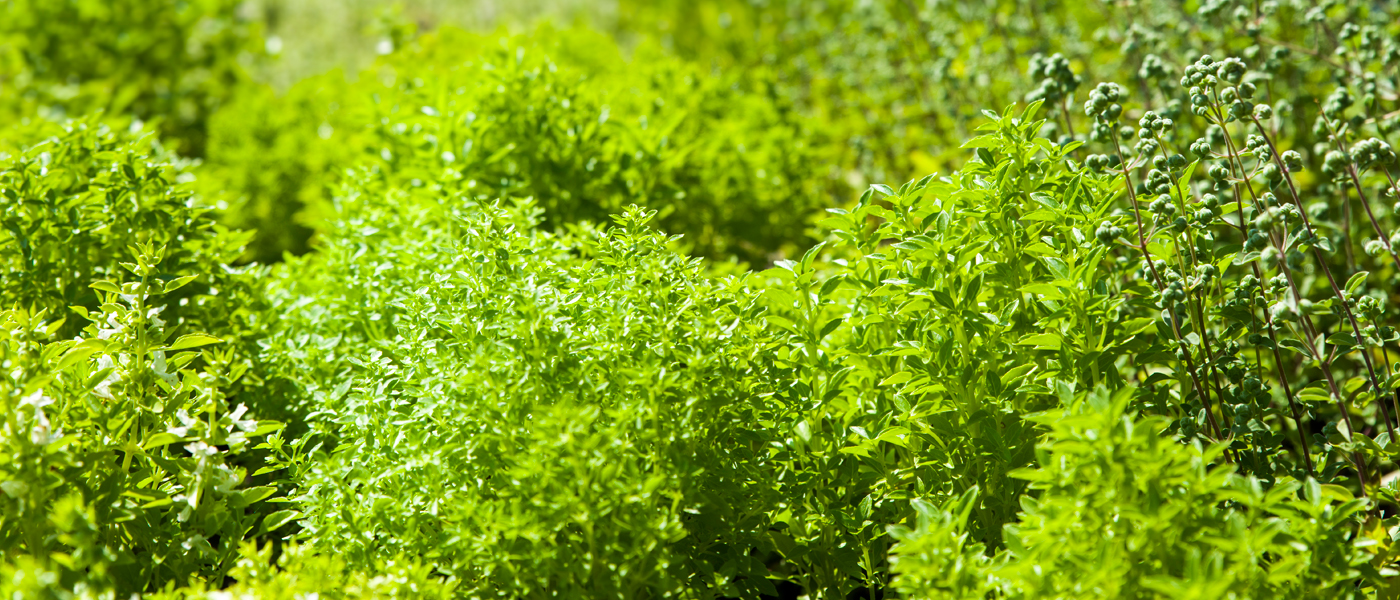
July ushers in peak summer weather for our USDA cold hardiness zones. July’s average daily temperature hovers in the mid-70s, making it the warmest month of the year. Furthermore, government models anticipate hotter, drier summers in the future. For gardeners, it’s important to monitor moisture levels, especially for new plantings, container plants, and vegetables. As plants grow (and, unfortunately, this also includes weeds!), maintenance tasks take center stage.
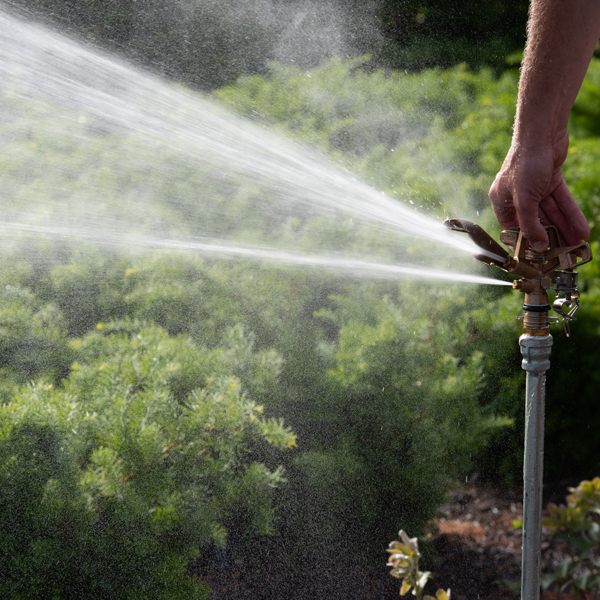
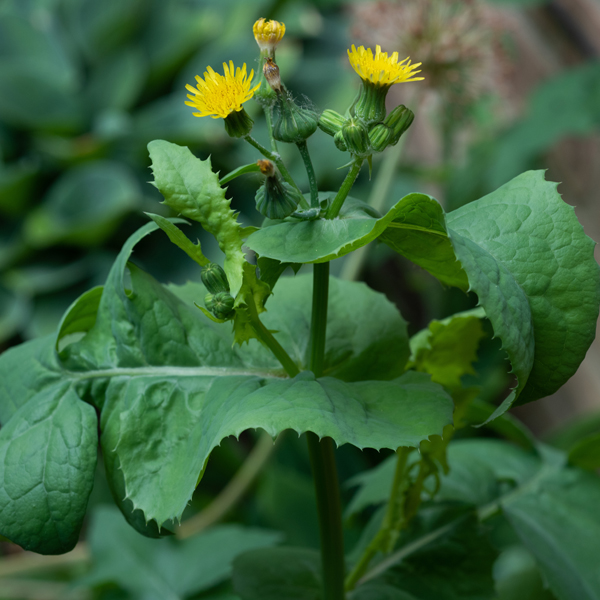
Garden To-Do List
Water new plants
Newly planted trees, shrubs, perennials, roses, and vegetables need approximately 1 inch of water per week throughout their entire root zones. This is especially important in hot, dry weather. Keep track of rainfall amounts and be ready to supplement the difference.
Keep up with weeding
Summer’s hot weather encourages weed growth. If not done yet, mulch garden beds immediately after weeding with 2 to 3 inches of shredded bark. This is the best way to help retain soil moisture and keep weeds under control.
Take notes and photos to plan for next year
Make note of empty spots in borders that might benefit from planting—summer-flowering bulbs, perennials and/or annuals—next year.
Annual and Perennial Care
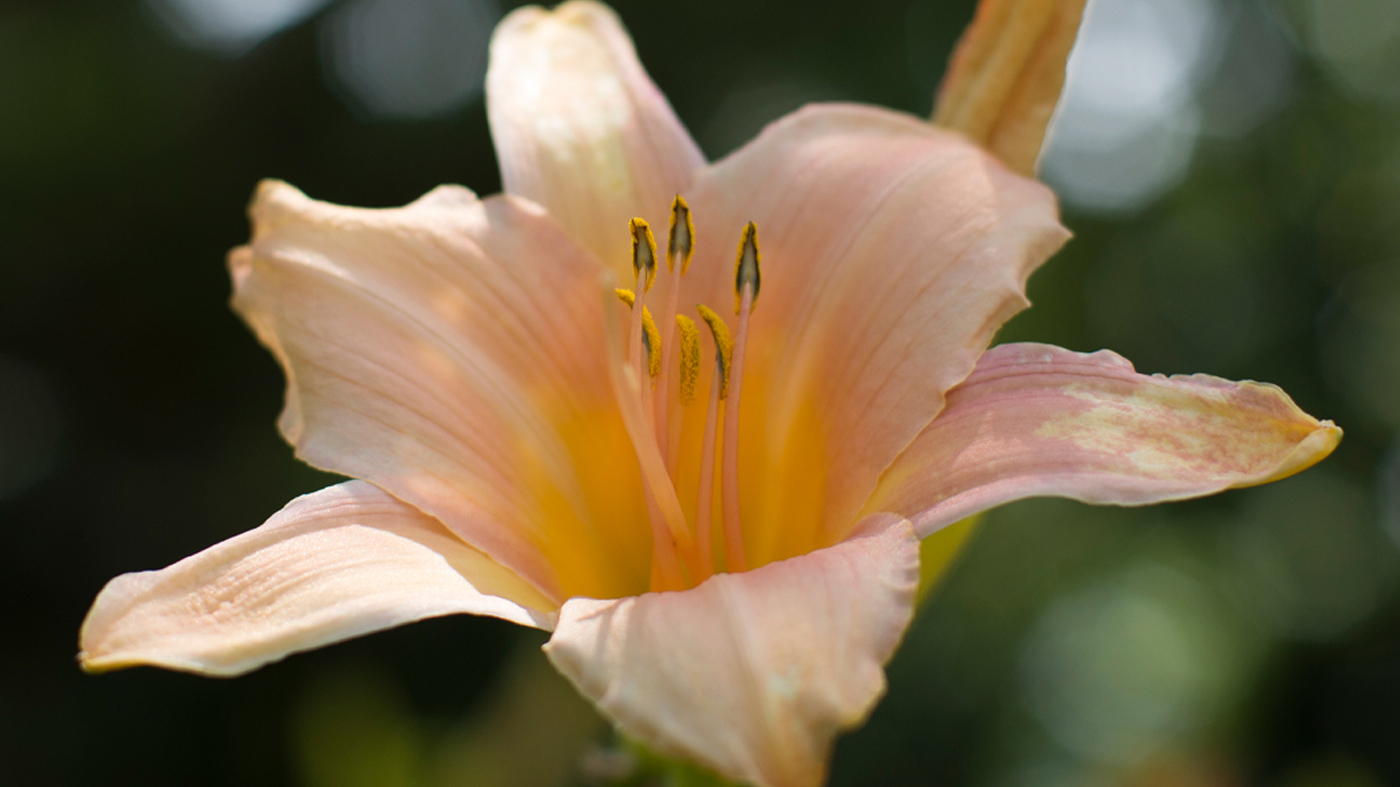
Encourage new growth
Help plants mature as the growing season unfolds:
- To promote a second, late-summer flower show, cut back, shear, or remove flower spikes from the following early-blooming perennials: perennial salvia (Salvia spp.), spike gayfeather (Liatris spicata), and tickseed (Coreopsis spp.).
- Remove spent flowers or seed heads of daylilies (Hemerocallis spp.) immediately to conserve plant energy.
- Some perennials that tend to flop or grow too tall, such as Aster (Aster spp.), Phlox (Phlox spp.), and salvia (Salvia spp.), can be cut in half in late May or early June to regulate their height, but this practice should stop by early July to allow the plant to set buds and flower.
- Continue to deadhead roses by cutting blossoms back to the first set of five leaflets that points away from the center of the plant.
Provide support for tall plants and vines
Stake tall plants, if necessary. Continue to guide clematis vines and all other soft-stemmed vines to their supports using soft, nylon ties. Learn more about vines here.
Sow perennial seeds
Seeds of perennials can be sown directly into the garden this month. Note their location to avoid accidental “weeding” next spring; golf tees can provide an unobtrusive reminder.

Caring for Oriental poppies
By midsummer, the foliage of plants such as Oriental poppies (Papaver orientale) fades and dries. Consider planting annuals or later-blooming perennials in front of them to conceal their unattractive yellowing foliage. If necessary, dig and divide Oriental poppies, keeping in mind that they don’t like to be moved. Plant them in a sunny, well-drained area.
Continue monitoring for infestations
The lush greenery that grew abundantly during a rainy spring could become a target for insects. Monitor plants closely but avoid drastic action or strong chemicals until insects are correctly identified. When in doubt about insects or disease and what, if any, actions to take, contact the Garden’s Plant Information Service.
Some tips:
- Many infested plants can be hosed down to remove small insect populations, such as aphids. Aphids have many natural enemies and are rarely cause for harsh pesticides.
- Monitor foliage of densely planted annuals and perennials that might indicate fungal attacks due to cool, damp weather earlier in the season.
- Inspect roses closely for blackspot. Remove any leaves that show darkened circles with fuzzy margins on either the topside or underside of leaves; yellow foliage with dark spots; and any leaves that have already dropped from the plant. Begin a spray program with approved fungicides immediately and carefully follow label directions. Consider planting disease-resistant roses in the future.
Fruit, Vegetable, and Herb Care
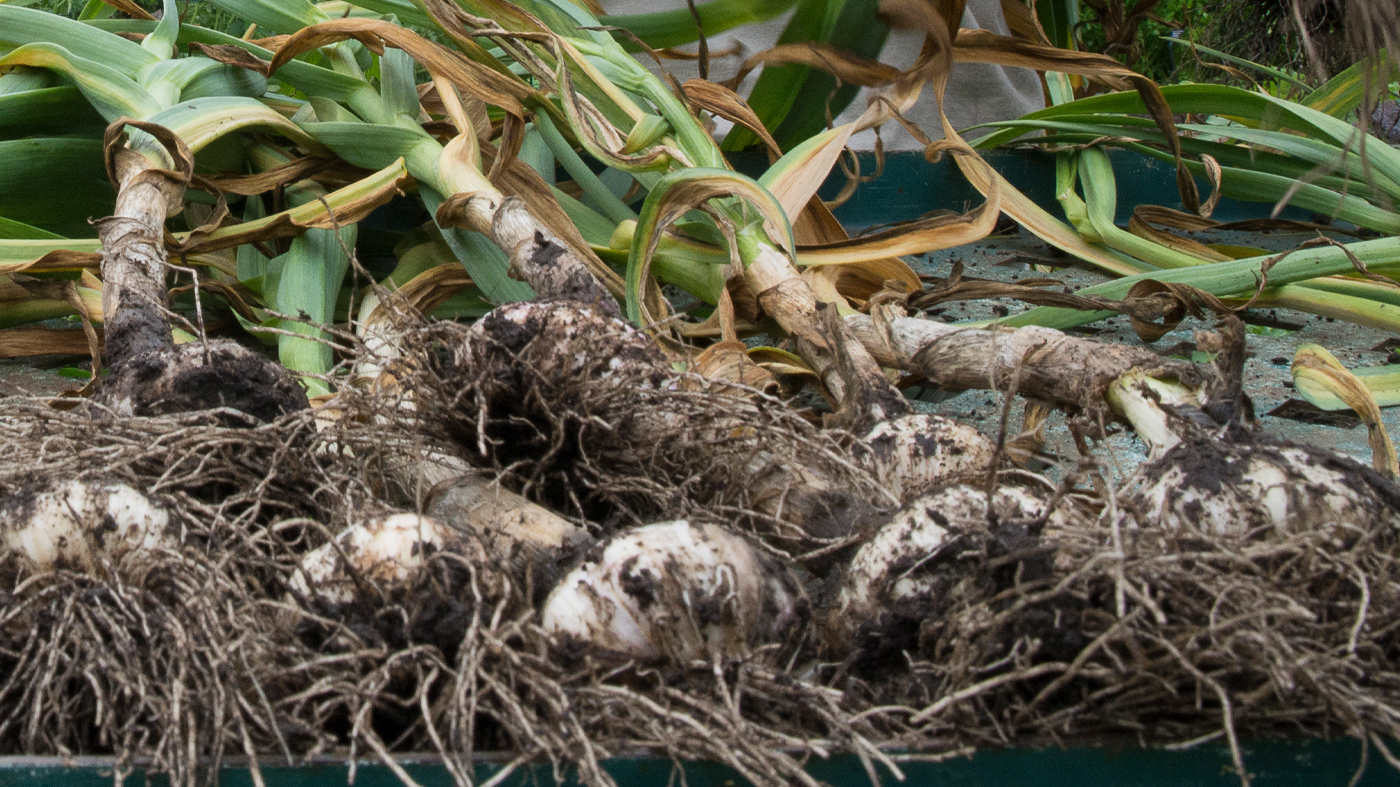
Keep harvesting herbs
Herbs like to be snipped. Continue to harvest leaves to use fresh, or preserve for later use by drying them or freezing them in small batches in an ice cube tray. Also, pinch off any developing flowers, which helps plants retain essential oils and flavor in their foliage.
Harvest onions and garlic
as they are ready, and begin the drying process.
Monitor tomatoes during hot weather
Tomatoes appreciate an even supply of moisture rather than a heavy soaking and then a drought. Straw mulch is helpful in these beds as well as containers.
Cool, wet spring? Determine fertilizer needs
Many hot weather-loving vegetables, such as cucumbers, eggplants, peppers, and tomatoes, might be delayed in fruit production if the spring weather was cool and wet. Side-dress these vegetables with a small amount of nitrogen fertilizer, taking care not to spread it on the plants’ foliage. Water in well.

Monitor for infestation and disease
Help to ensure a bountiful harvest by troubleshooting potential problems:
- Hand-remove large insects, such as tomato hornworms and other caterpillars.
Be aware that caterpillars on fennel, dill, and carrots may likely be those of swallowtail butterflies, which lay their eggs on these host plants. Consider planting a special herb crop just for them next year. Learn more about butterflies, and see what a swallowtail caterpillar looks like here.
- Check vegetables for symptoms of fungus or blight: soft, darkened areas; yellow and dropping leaves; or sunken dark spots on otherwise green foliage.
- Learn More
- Contact the Plant Information Service for current control methods.
Sow seeds for autumn
Sow seeds for fall crops in late July. These include beans, beets, broccoli, cabbage, cool-season lettuce crops, and spinach.
Lawn Care
Tree and Shrub Care

Mow high
In July’s peak summer heat, mow grass at a high level, 2½ to 3 inches. If using a mulching mower, leave grass clippings to help feed the lawn. Avoid leaving large clumps of grass on the lawn; gently rake them to distribute evenly or add them to your compost pile.
Dealing with drought
It’s OK to let lawns go dormant during drought or times of water conservation. Although the turf will go dormant, the grass plants’ crowns will remain alive with about 1 inch of water applied every four weeks.
Bypass fertilizer
Do not fertilize lawns in summer. (Early fall is the best time to apply a 3-1-2 ratio fertilizer.)
Avoid herbicides
In July’s hot weather, herbicides will not be as effective and may burn the lawn. Pull out annual weeds, such as crabgrass, before they go to seed.
Outdoor Container Care
Water as needed
Annuals in containers and hanging baskets may require daily watering during hot and/or windy weather, which dries soil more quickly.
Fertilize plants
Continue to fertilize container plants with half-strength of a balanced liquid fertilizer, but avoid applying in the heat of the day or during long, hot dry spells. Always water plants before fertilizing.
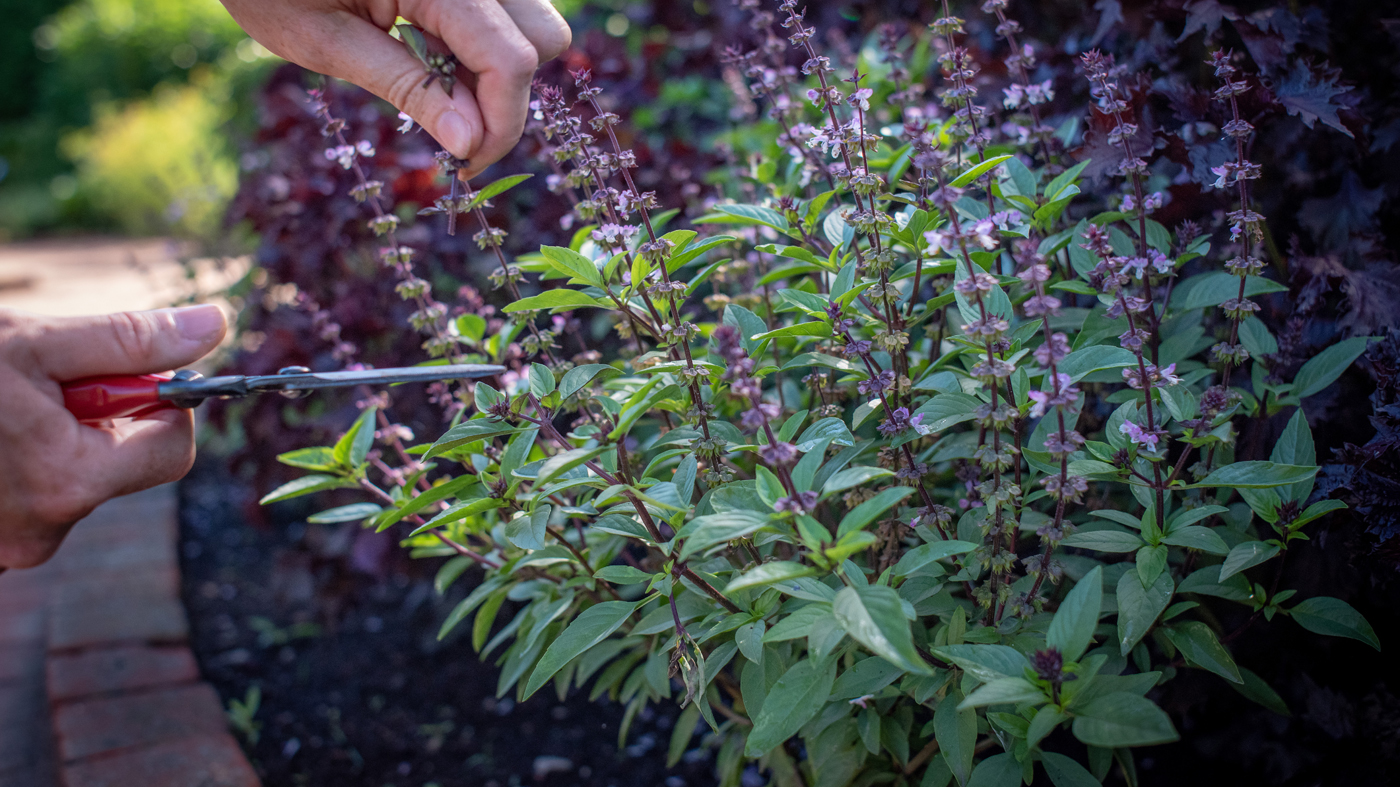
Summer pruning with a light touch
Light pruning tasks this month can help keep trees and shrubs attractive and healthy.
- If not done yet, renovate overgrown shrubs including forsythia (Forsythia spp.), lilac (Syringa spp.), and redtwig dogwood (Cornus alba) by removing one-third of the oldest canes.
- Don’t delay pruning shrubs that bloom on old growth. Pruning these later in the fall may impede next year’s blooms.
- Prune out ground-level sucker growth by cutting out growth below soil level from apple and crabapple (Malus spp.), apricot (Prunus armeniaca), peach (P. persica), and plum trees (P. domestica).
- Prune out weak, green but fast-growing water sprouts that grow vertically from branches of fruit trees, redbuds (Cercis spp.), or other ornamental flowering trees.
- If necessary, boxwood (Buxus spp.) shrubs can be lightly pruned to maintain geometric form. Avoid over pruning, especially in very sunny, hot weather.
Monitor apple trees
Inspect apple trees beginning in July, when apple maggots are laying their eggs. Some gardeners place apple-maggot fly traps that resemble red apples in trees to trap these pests. When the insect count reaches a high level, control steps are then taken. Contact the Plant Information Service for current control methods.
Inspect for Japanese beetle damage
These iridescent insects skeletonize foliage but will finish feeding by the second week in August. Favorite host plants include roses and grapevines, and birch (Betula), crabapple (Malus), elm (Ulmus), linden (Tilia), and maple (Acer) trees. They are often found feeding on the tops of plants. If possible, hand remove them by knocking them into a large jar of soapy water: Hold the jar directly below the feeding beetles. When disturbed, they usually drop straight downward—right into the jar.
July is a great month to …
enjoy longer-lasting garden bouquets
As flowers blossom in the garden, some will find their way indoors for beautiful, homegrown bouquets. To optimize the lifespan of your cut flowers, place them in room-temperature water as soon as possible. With a sharp knife or pruners, make an angled cut to remove 1 inch from each stem, ideally while the stem is under water. Cutting on an angle increases the surface area for water intake. Find more tips on cut-flower care here.

